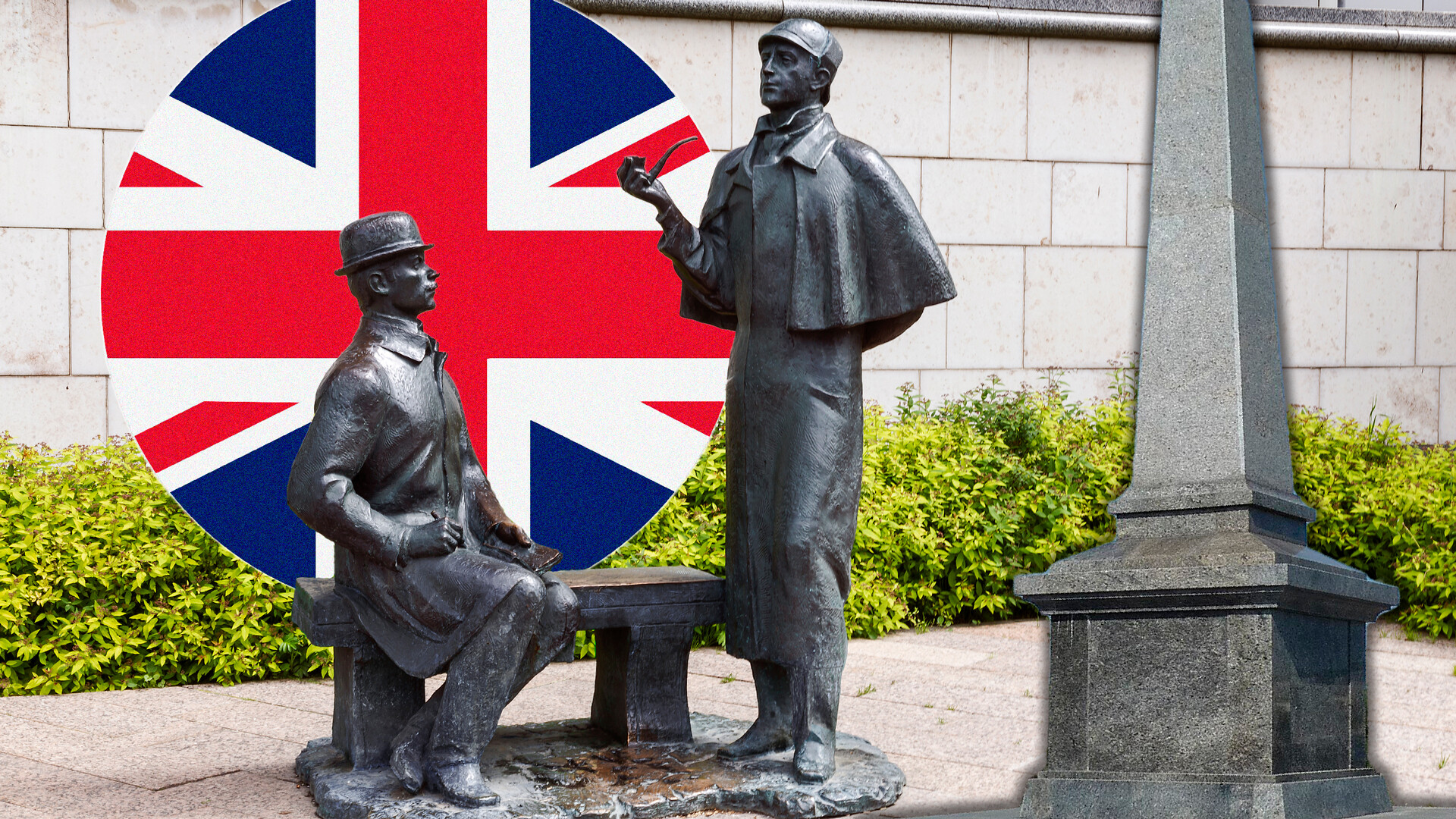
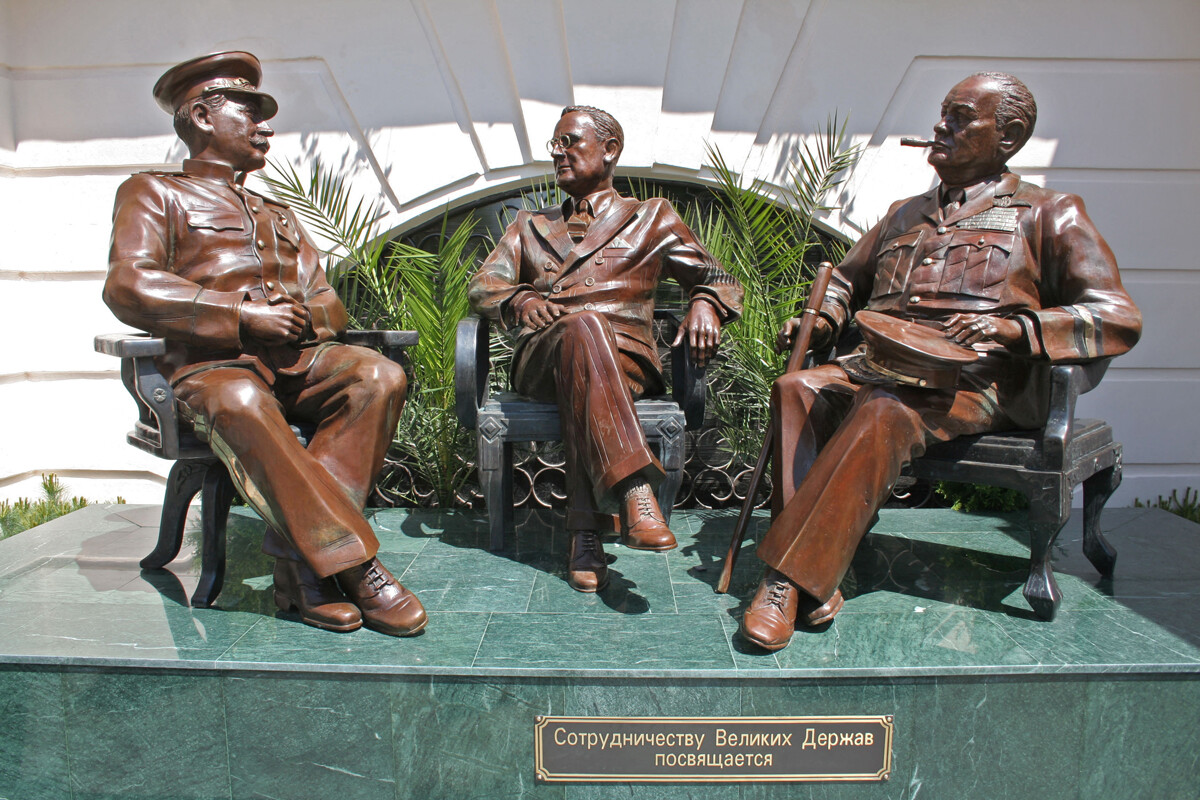
Monument to Joseph Stalin, Franklin Roosevelt and Winston Churchill in Sochi
Oleg Kotlyarenko/SputnikThis monument in Sochi is dedicated to the Tehran Conference of 1943, the first meeting of the leaders of the Allies of World War II – General Secretary of the USSR Joseph Stalin, British Prime Minister Winston Churchill and American President Franklin Roosevelt. The monument, installed in 2008, mirrors the composition of a famous photo from the conference. The writing on the base reads “Dedicated to the cooperation of Great Powers”. The author of the monument is Israeli sculptor Frank Meisler.
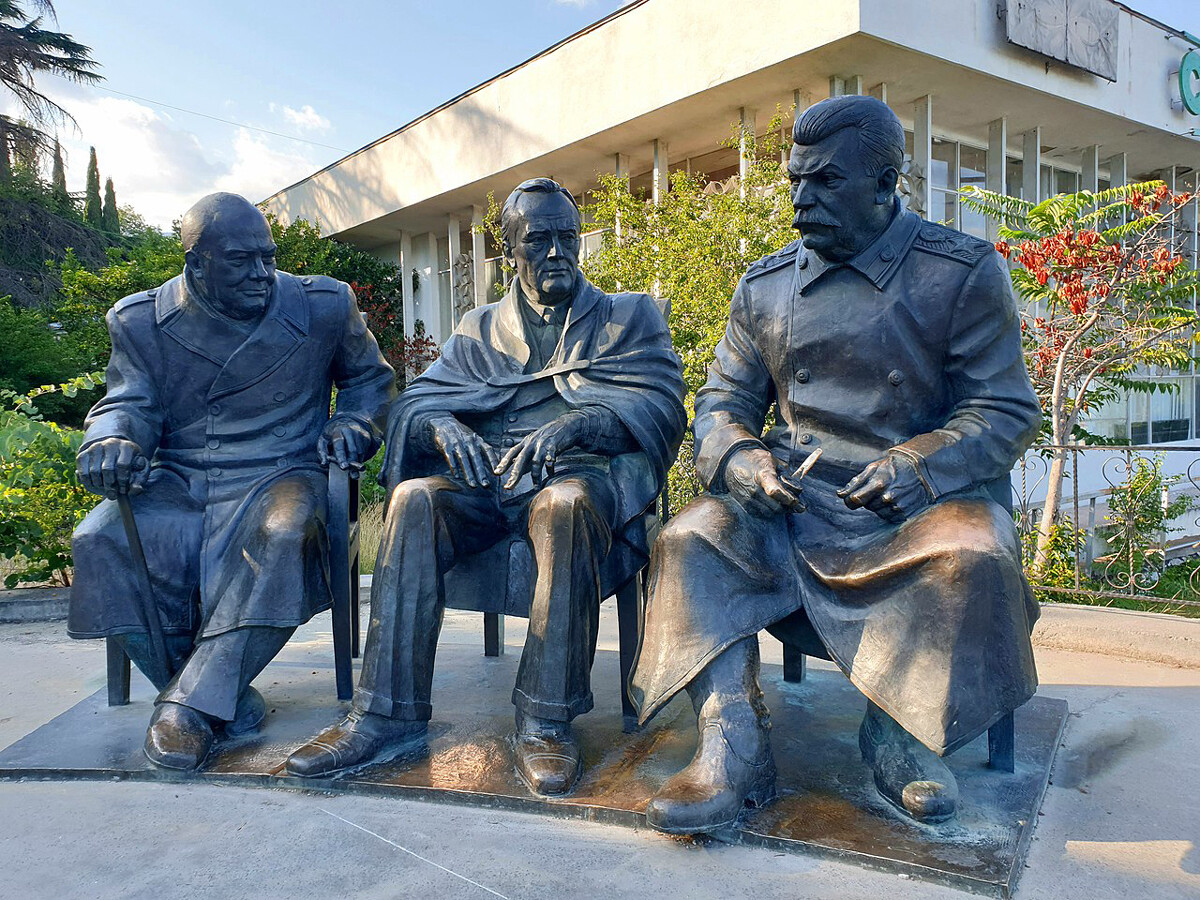
Monument to Winston Churchill, Franklin Roosevelt and Joseph Stalin in Yalta
K.Lavrentyeva and O.Lapina (CC BY-SA 4.0)Another monument to the “Big Three” is erected in Yalta and is dedicated to the Yalta Conference of 1945. The monument, sculpted by Zurab Tsereteli, was opened in 2015 in a park near Livadia Palace where the conference of the Allies took place. The sculptural composition also mirrors a photo from the Yalta Conference.
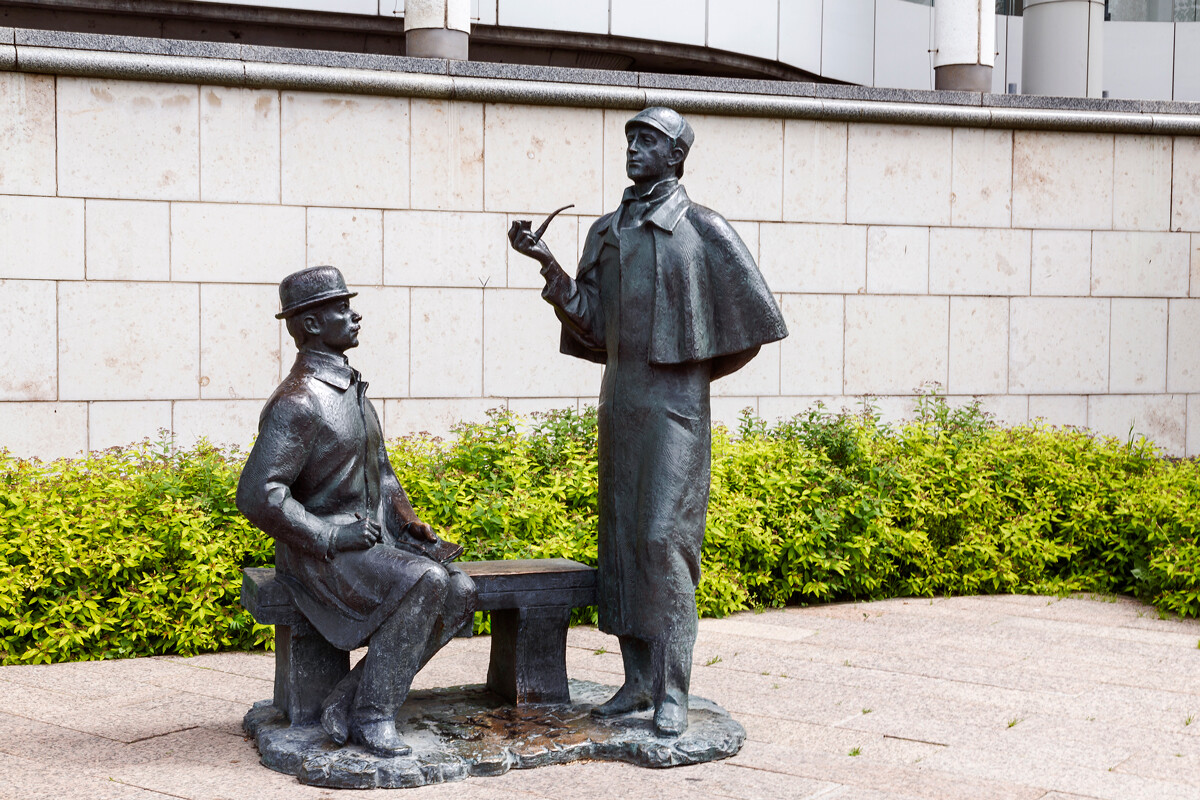
Monument to Sherlock Holmes and Dr. Watson in Moscow
Legion MediaAlthough these Brits are not real people and are just the fruit of Arthur Conan Doyle’s imagination, they are still incredibly popular in Russia. The monument to this duo was erected in 2007 in Moscow near the UK embassy in memory of the 120th anniversary since the release of the first detective story about Sherlock. As prototypes for the monument, sculptor Andrei Orlov used the characters played by actors Vasily Livanov and Vitaly Solomin in the iconic Soviet TV show based on the stories of Arthur Conan Doyle. Vasily Livanov, who played the role of Sherlock Holmes, was even awarded the Order of the British Empire for his role.
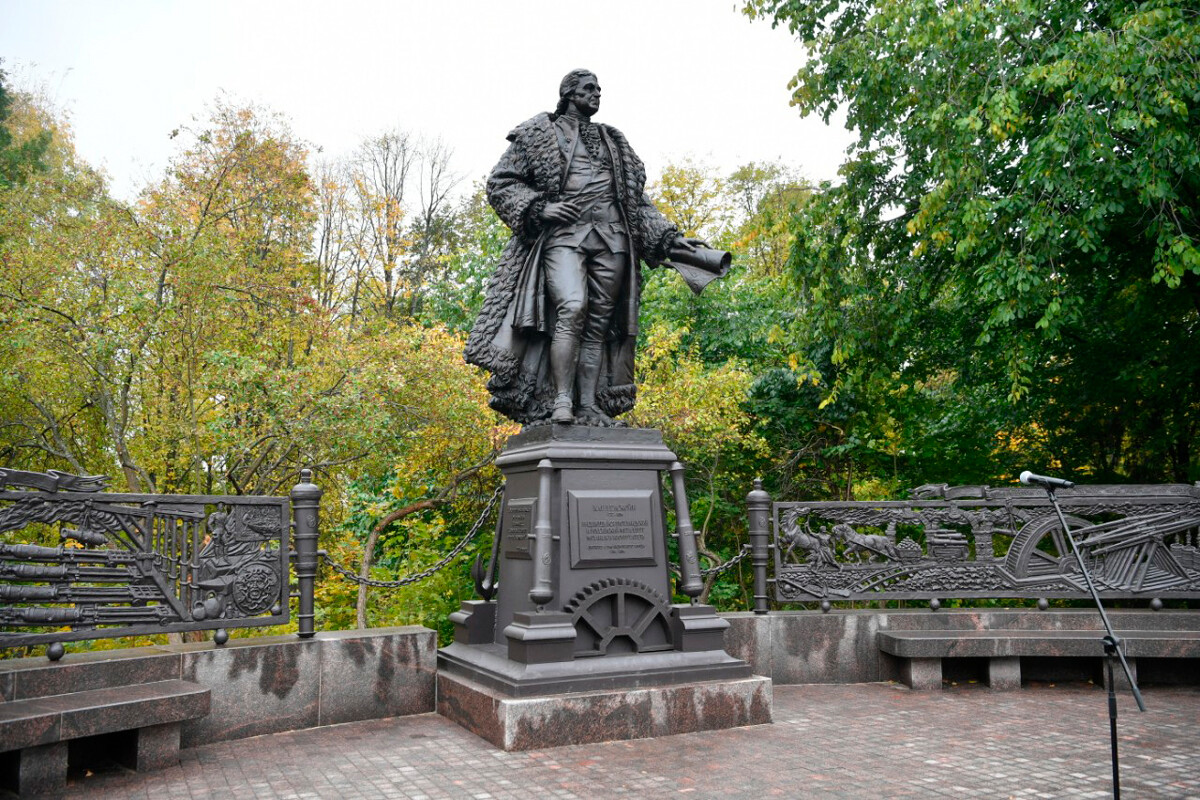
Monument to Charles Gascoigne in Petrozavodsk
Karelia republic administrationThe monument to Scottish gunsmith, inventor and metallurgist Charles (or Karl, how he was known in Russia) Gascoigne was installed in 2021 in the middle of Petrozavodsk, opposite a cannon foundry he led for 20 years. Gascoigne arrived in Russia in 1786 at the invitation of Catherine the Great and began casting cannons with new technologies. After just three years, he supplied the Russian army with 386 iron cannons – the best in Europe at that time.
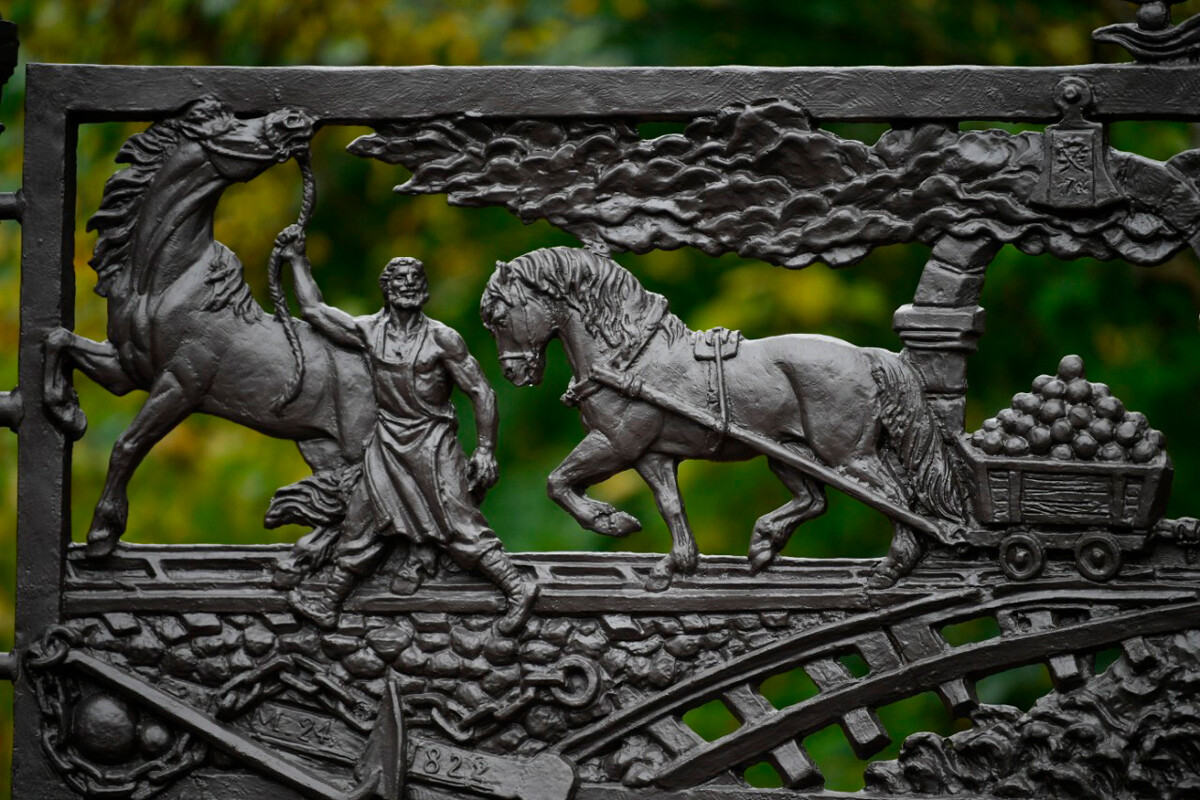
Bas-reliefs depicting work in the foundry
Karelia republic administrationThe bronze sculpture of Gascoigne is surrounded with bas-reliefs depicting work in the foundry – they were made of cast iron at the same local factory.
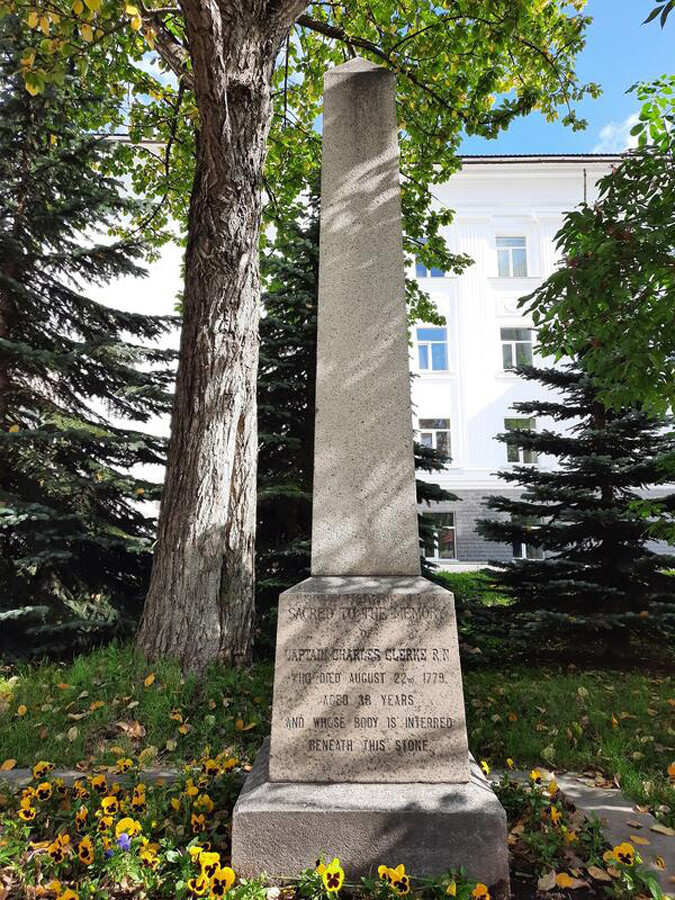
Monument to captain Charles Clerke in Petropavlovsk-Kamchatsky
Kamchatka Art museumThis obelisk was installed in the middle of Petropavlovsk-Kamchatsky back in 1914 at the site of the grave of navigator Charles Clerke. He was the one who took command of the third English expedition to the Pacific after the death of James Cook on the Hawaii Islands. In 1779, the expedition ships docked in Petropavlovsk port in Kamchatka – Russian officials gave a warm welcome to the navigator and handed him a large amount of provisions and more precise maps. Not too far from the Kamchatka shores, Clerke, already sick with tuberculosis, died at sea. His crew decided to return and bury their captain.
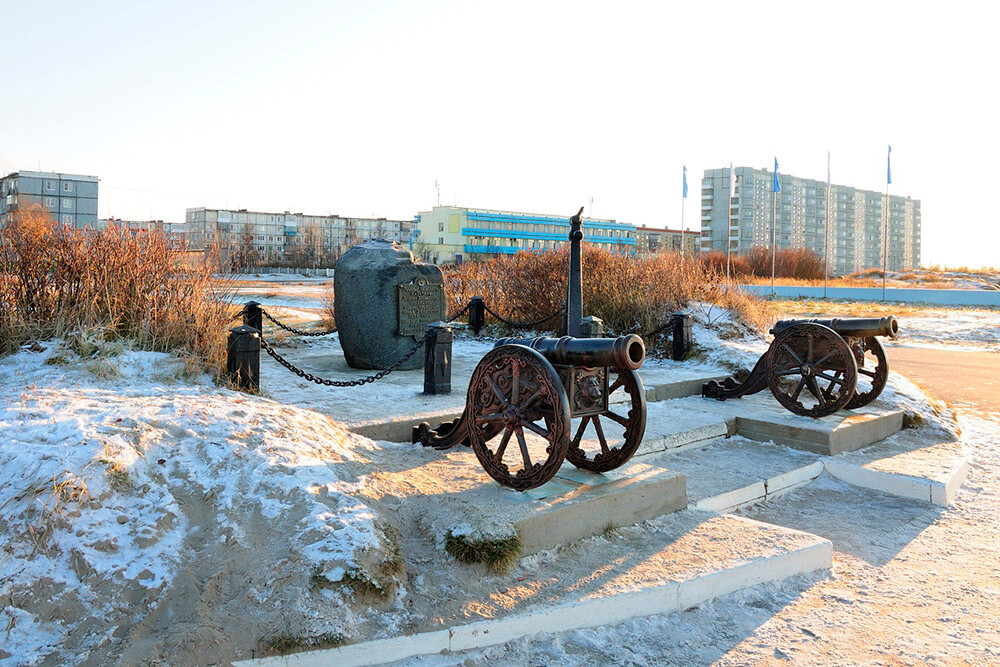
Monument to Richard Chancellor and UK-Russia relations
Severodvinsk city portalIt’s believed that Captain Richard Chancellor was the first to discover a sea route from England to the Tsardom of Muscovy. In the Summer of 1553, his ship reached the mouth of the river Northern Dvina in the White Sea. Now, the city of Severodvinsk is located at this place – in 1998, a monument to Richard Chancellor was erected there.
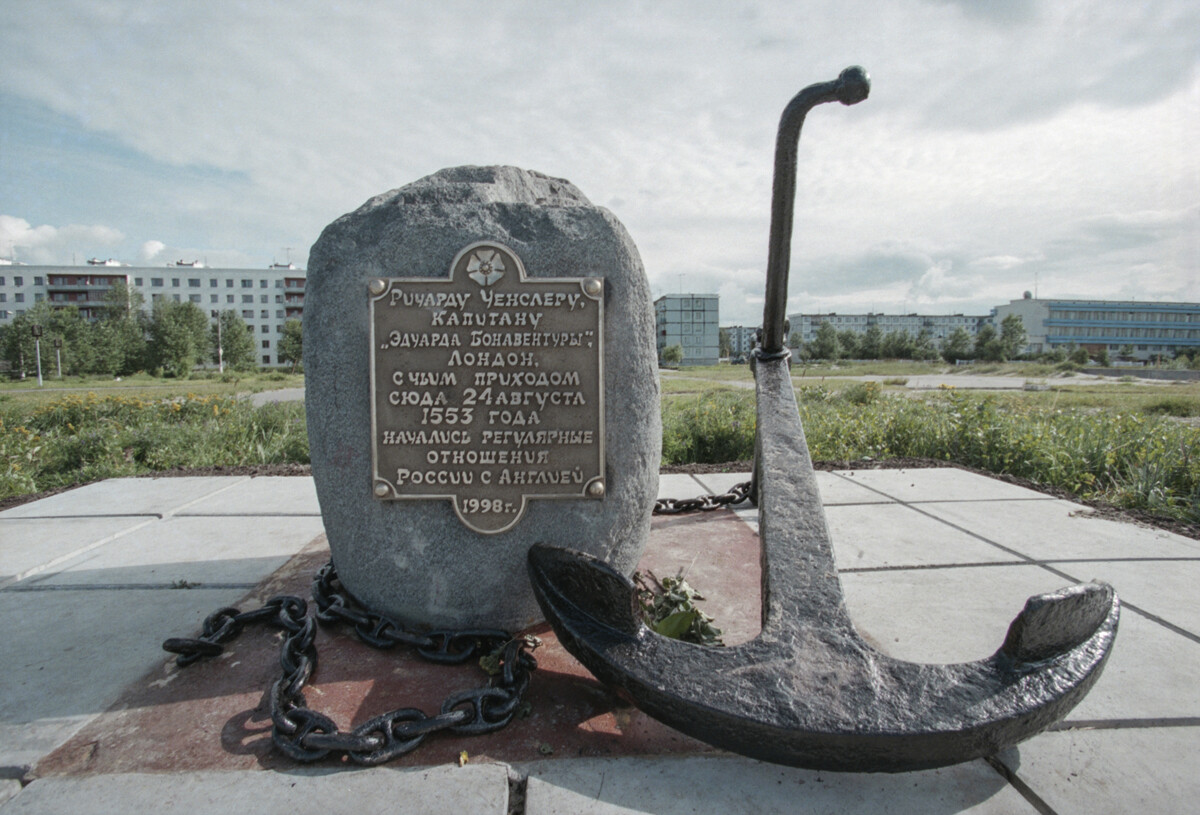
Monument to Richard Chancellor in Severodvinsk
Sergei Metelitsa/TASSThe sculptural composition features two cannons, a real ancient anchor and a stone block of the White Sea granite with a plaque that reads: “To Richard Chancellor, the captain of ‘Edward Bonaventure’, London, with whose arrival here on 24 August, 1553, regular relations between Russia and England began”.
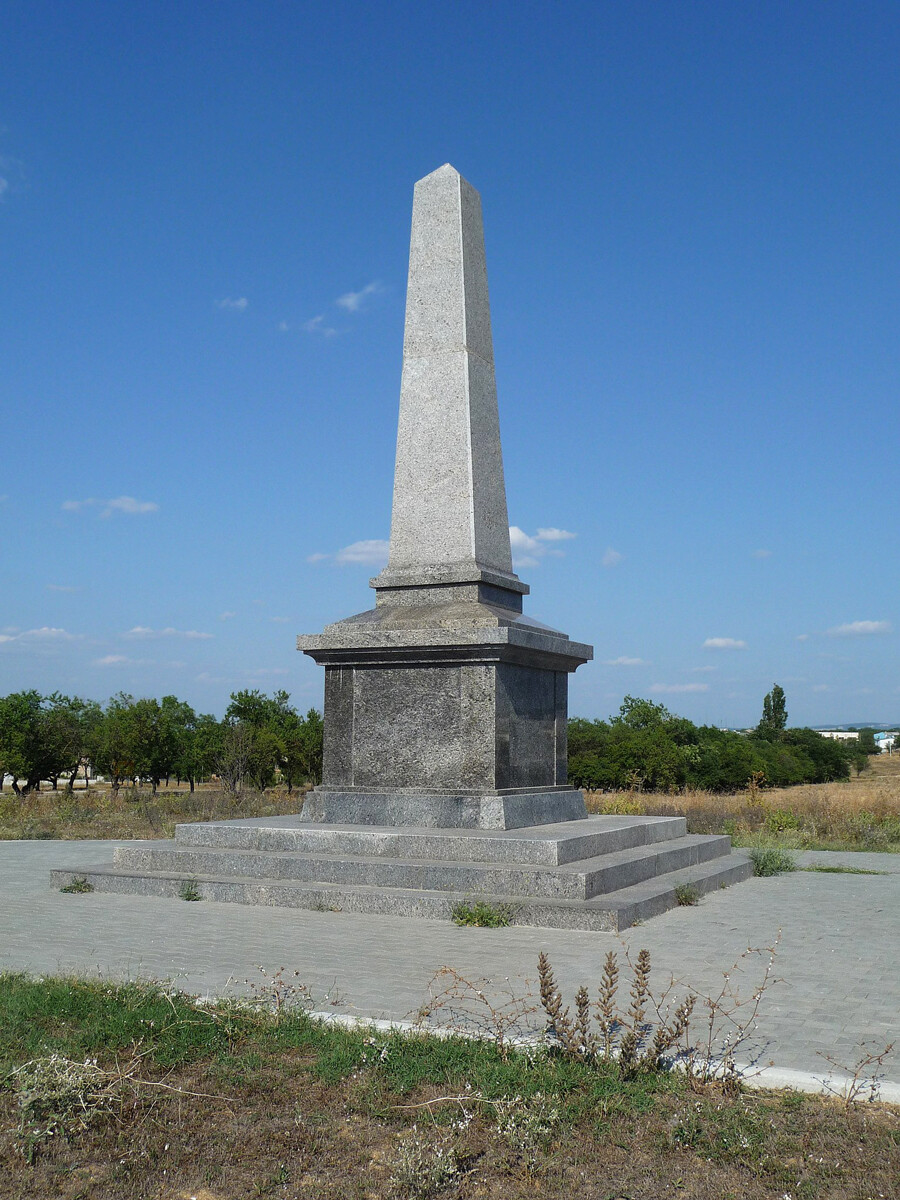
Memorial to English soldiers who lost their lives in the Crimean War in Sevastopol
George Chernilevsky / Public DomainNot far from Sevastopol, you can find several memorials to English soldiers who lost their lives in the Crimean War and even a whole English cemetery. One of the obelisks is dedicated to the memory of the fallen in the Battle of Balaclava on October 25, 1854. The infamous Charge of the Light Brigade made history, during which more than 500 British soldiers and officers died.

Monument to soldiers installed at the place of Battle of Inkerman in 1856
Yurovsky Alexander (CC BY-SA 4.0)Several memorials are also dedicated to the soldiers who fell in the Battle of Inkerman on November 5, 1854. The losses of the British army in this battle amounted to more than 2,000 people; among others, General George Cathcart died, who had distinguished himself during the Battle of Waterloo. In his memory, the English cemetery has a tombstone obelisk on a hill that is also named after the general.
During World War II, British Arctic convoys provided a great help to the USSR – on ships across the Atlantic and the Arctic Ocean they delivered provisions and ammunition to the northern ports of the USSR; they also provided military assistance, including air forces. In 2016, the 75th anniversary of the first Arctic convoy ‘Dervish’s arrival to Arkhangelsk was celebrated.
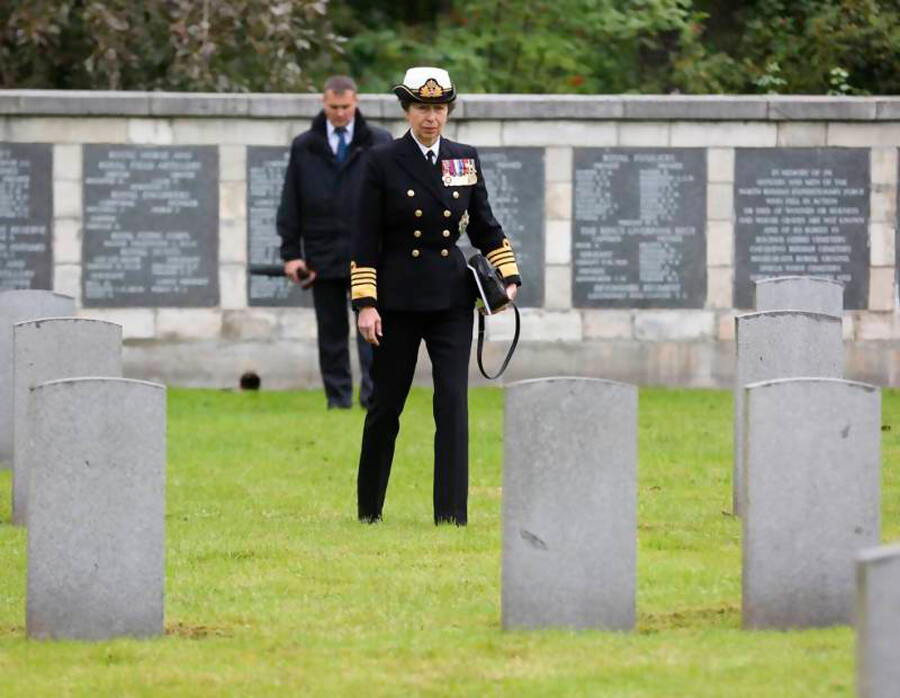
British Princess Anne at the memorial in Arkhangelsk
arhcity.ruBack then, British Princess Anne visited the city and laid flowers at the memorial at the British military cemetery.
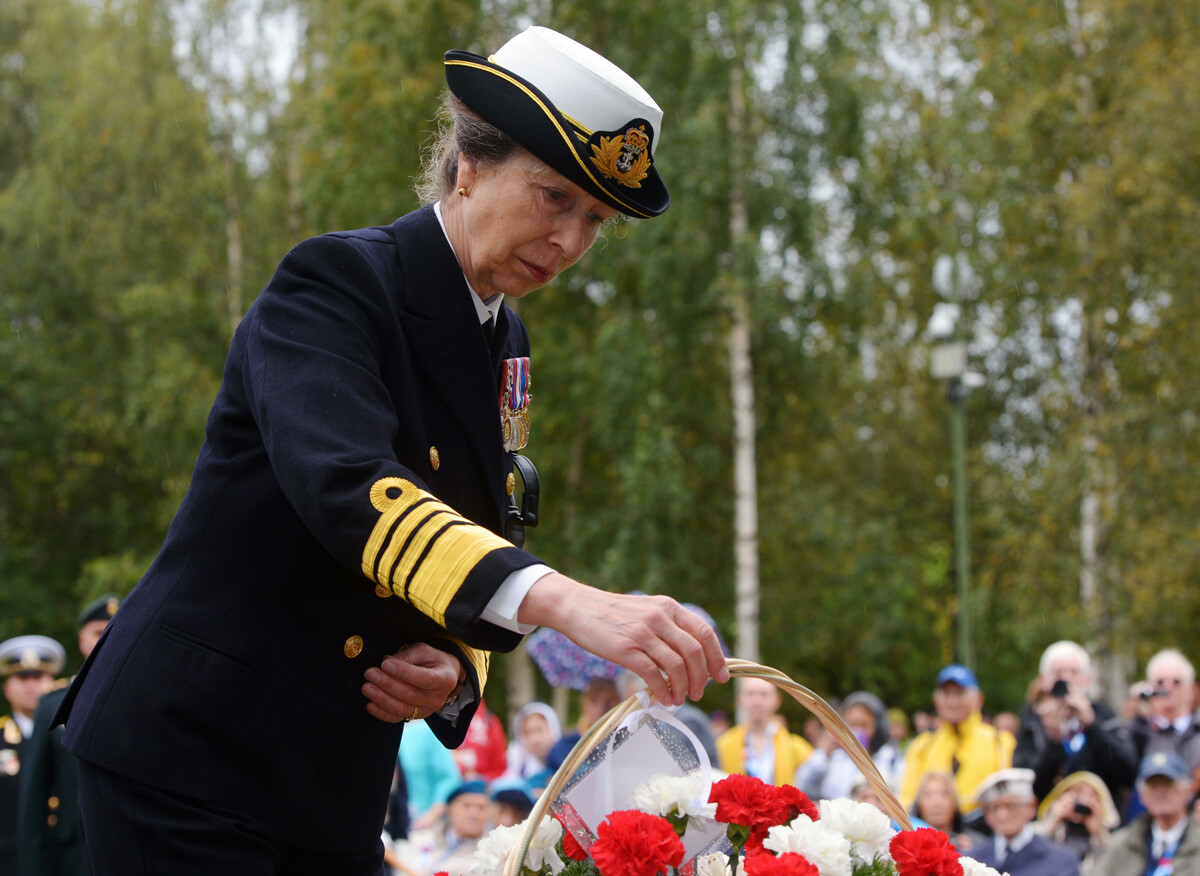
Princess Anne lays flowers on the graves of the British soldiers in Arkhangelsk
Vladimir Trefilov/SputnikNot far from Arkhangelsk, on Kego Island, a memorial was installed in 2016, dedicated to the pilots of the No. 151 Wing RAF, who were delivered to Arkhangelsk by ‘Dervish’. For three months, they were stationed on the USSR’s North, instructing Soviet pilots and embarking on patrols and combat missions. They also covered sea convoys and the ships’ unloading. This page in World War II history is known as ‘Operation Benedict’.
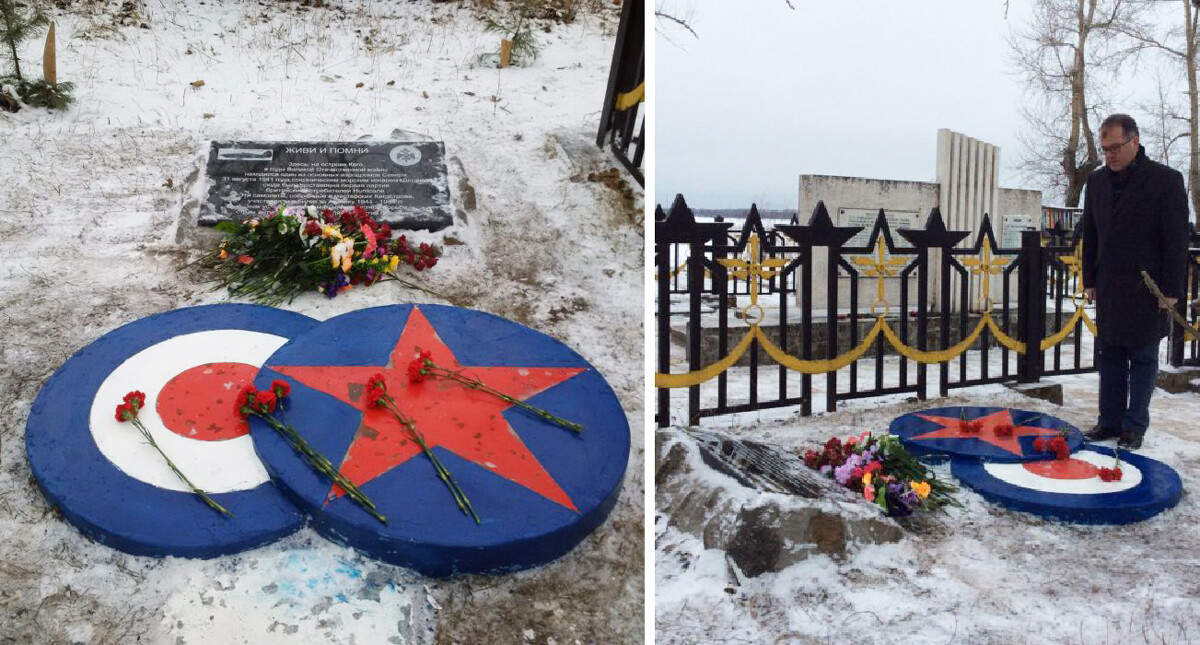
Keith Allan, British Consul General in St. Petersburg, honored the memory of the British pilots on Kego Island.
Keith Allan's blogDear readers,
Our website and social media accounts are under threat of being restricted or banned, due to the current circumstances. So, to keep up with our latest content, simply do the following:
If using any of Russia Beyond's content, partly or in full, always provide an active hyperlink to the original material.
Subscribe
to our newsletter!
Get the week's best stories straight to your inbox